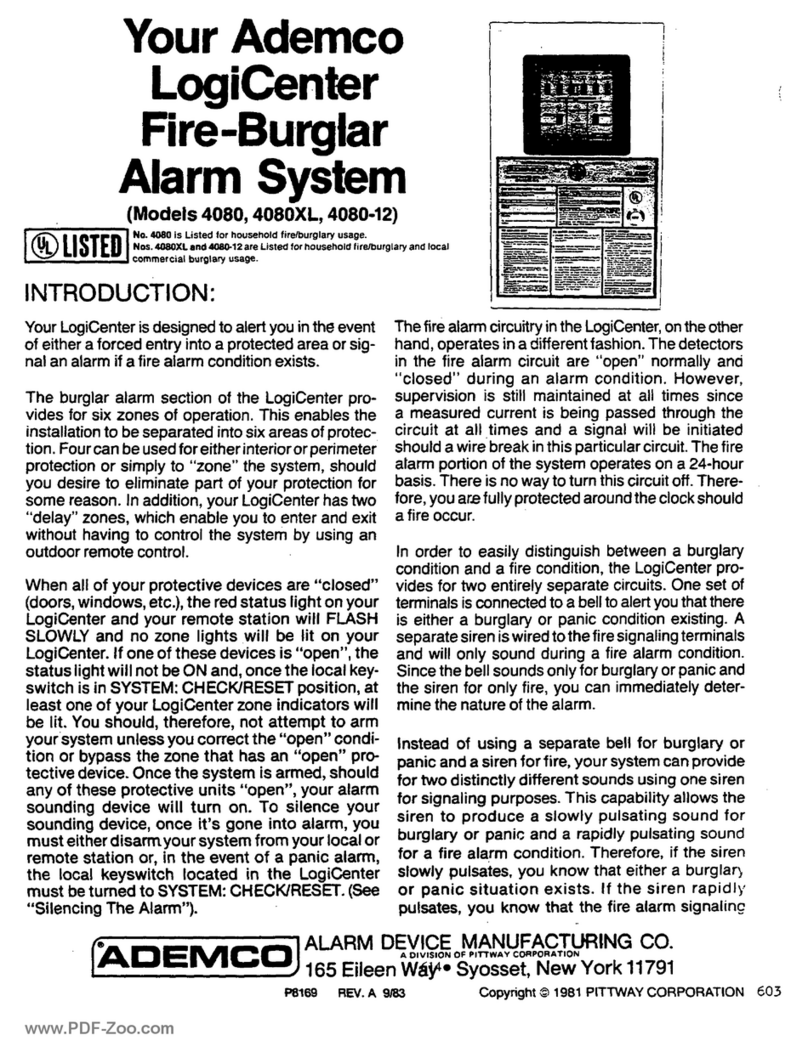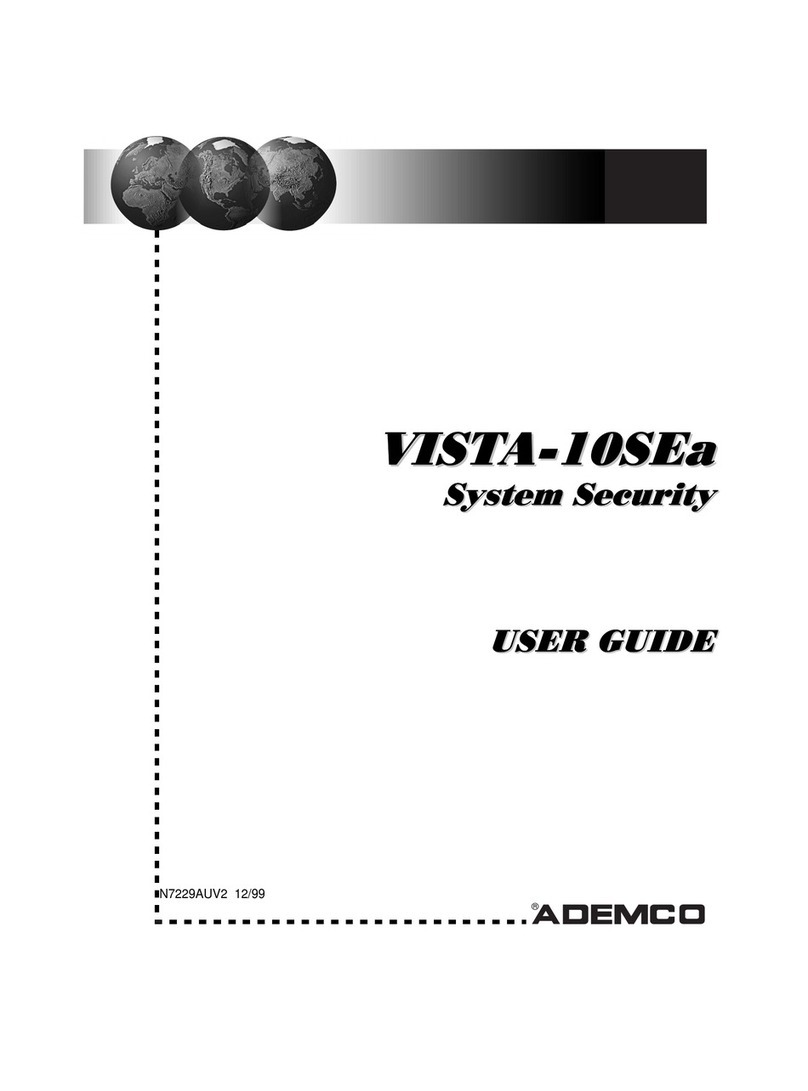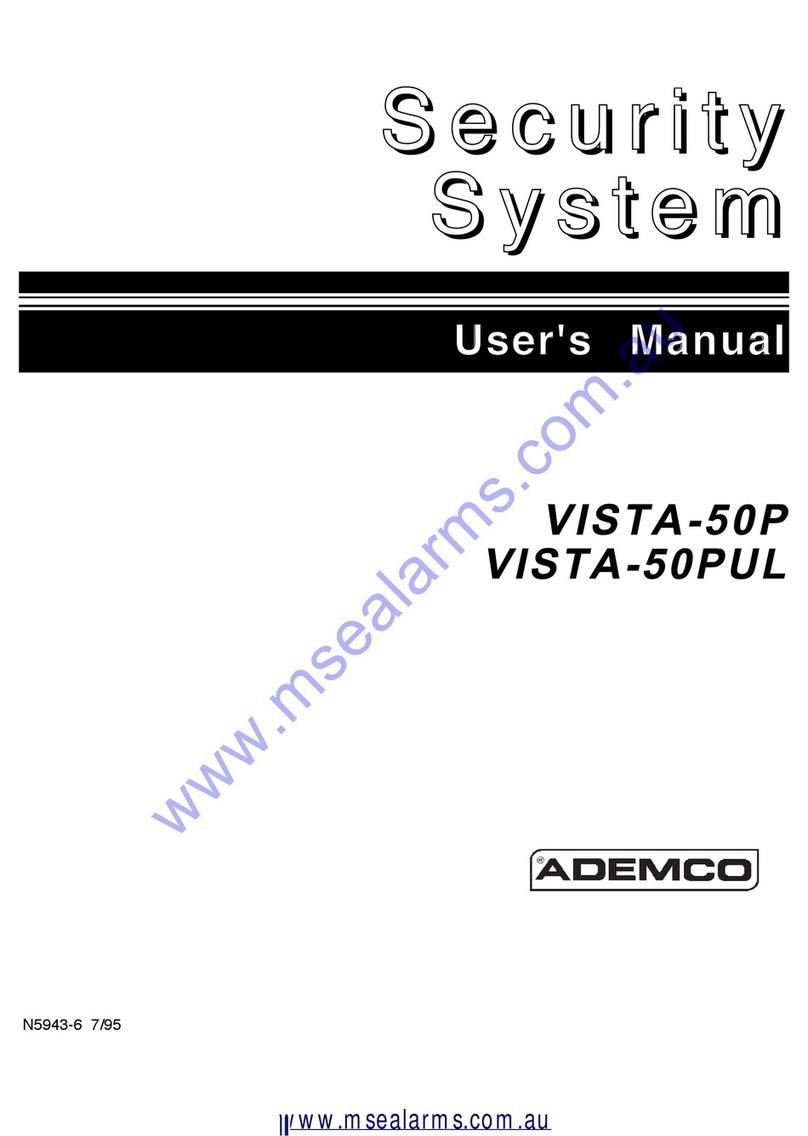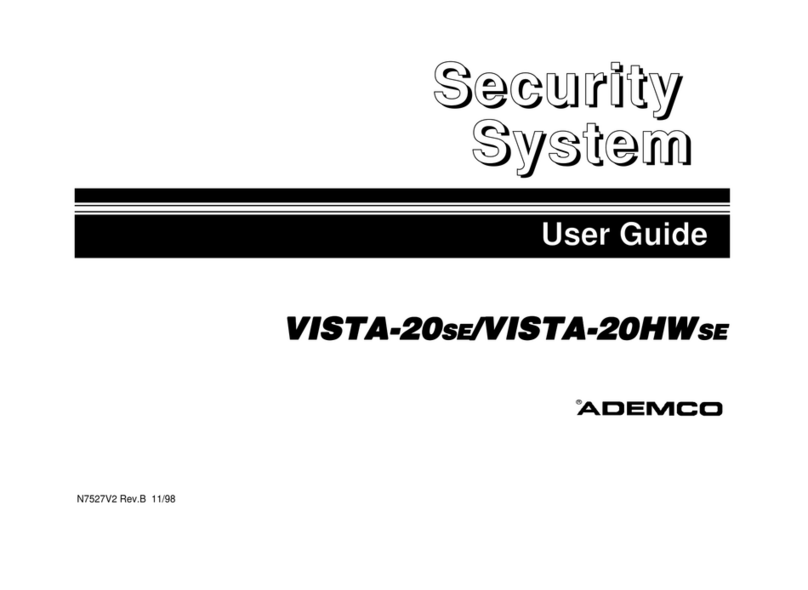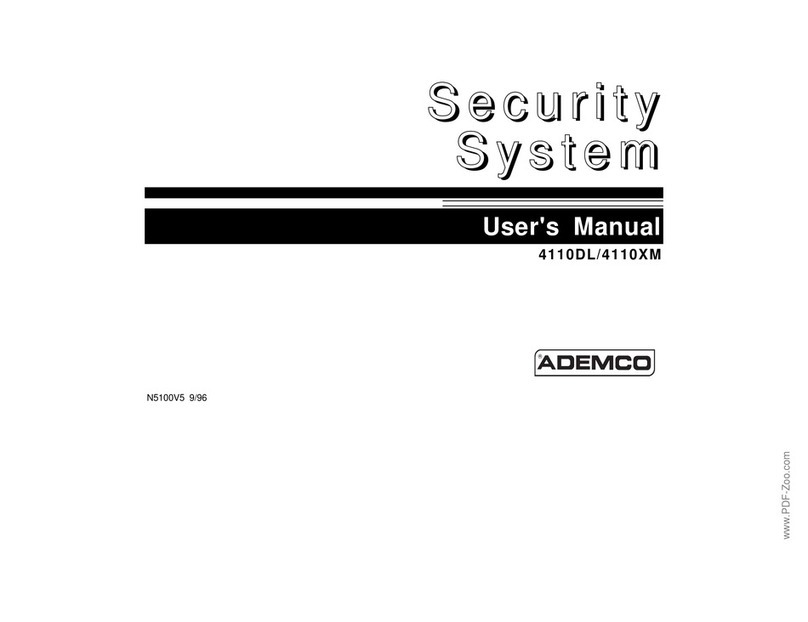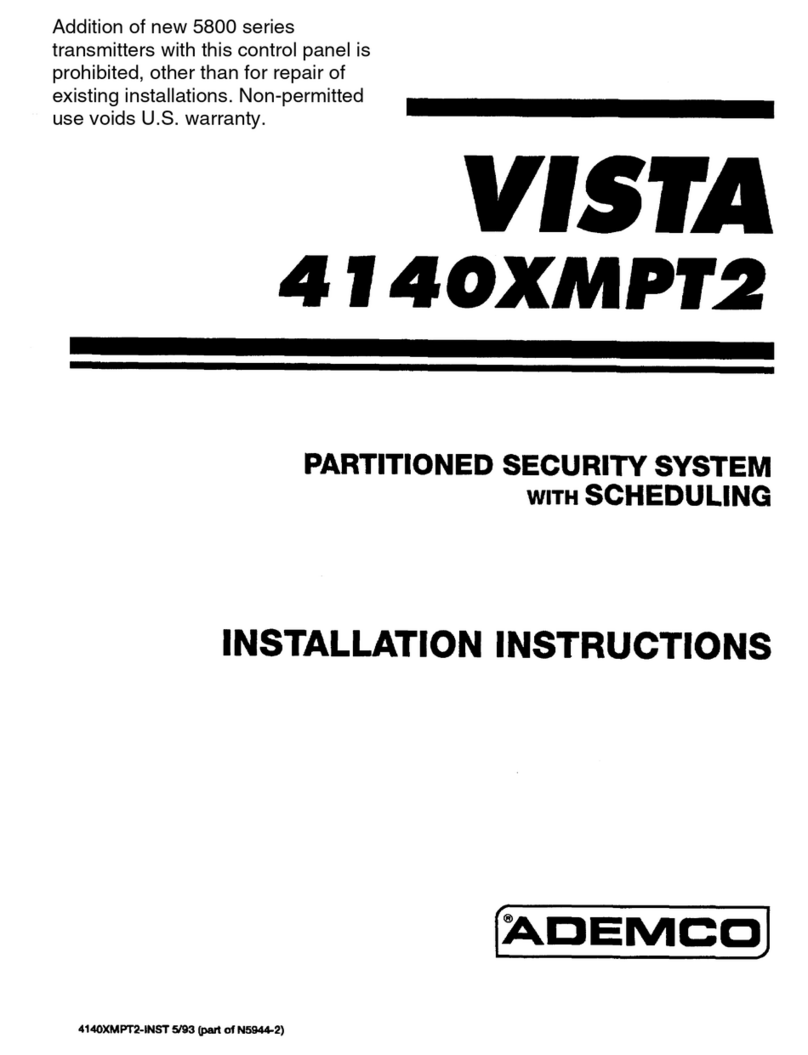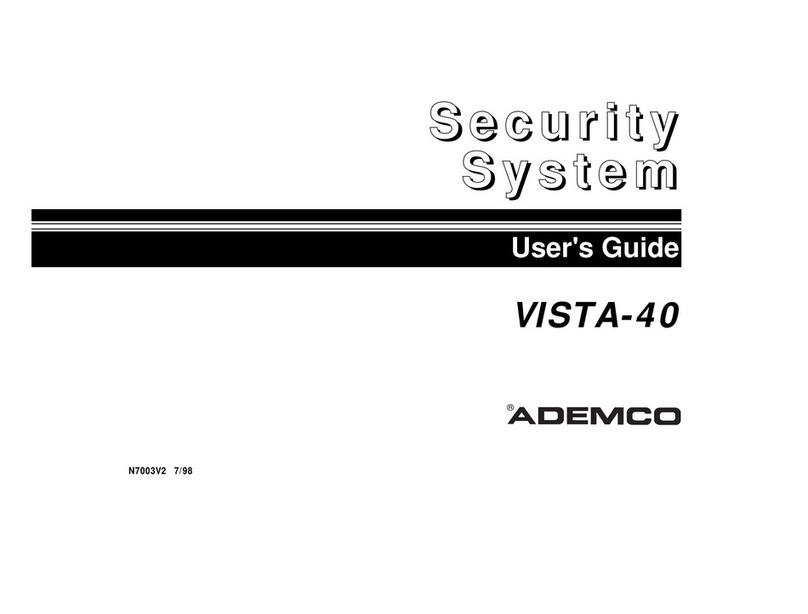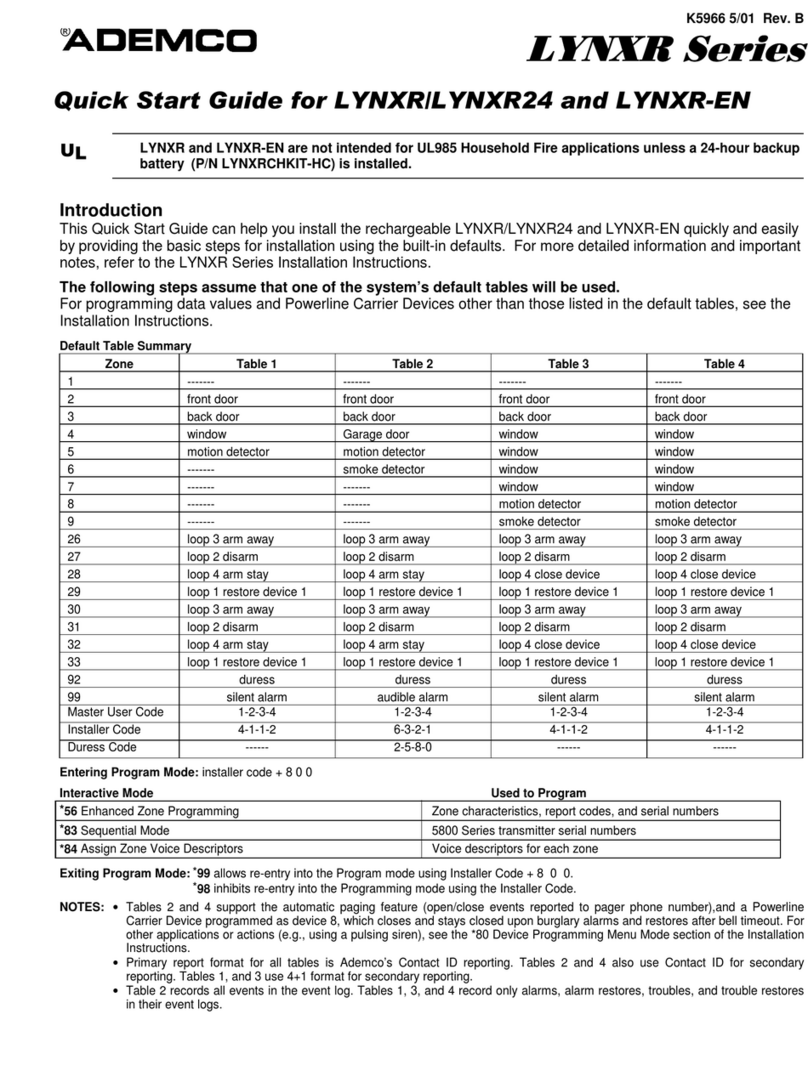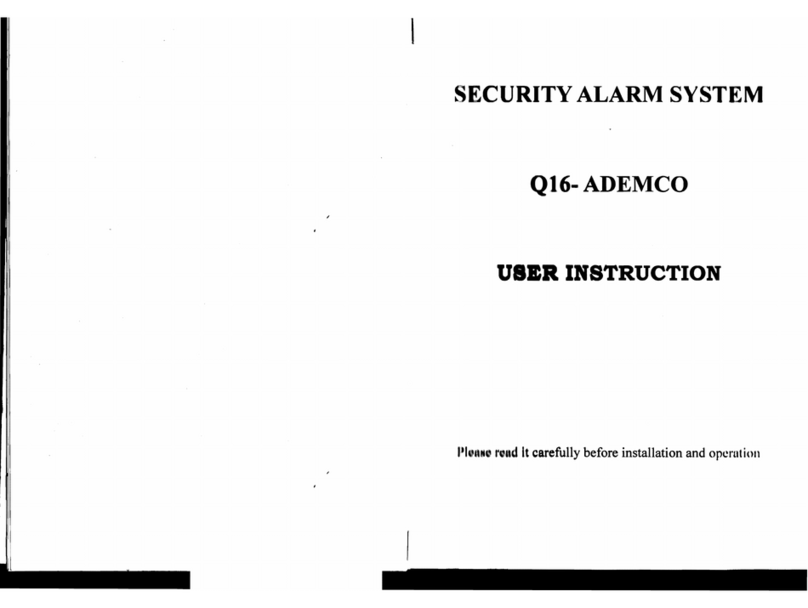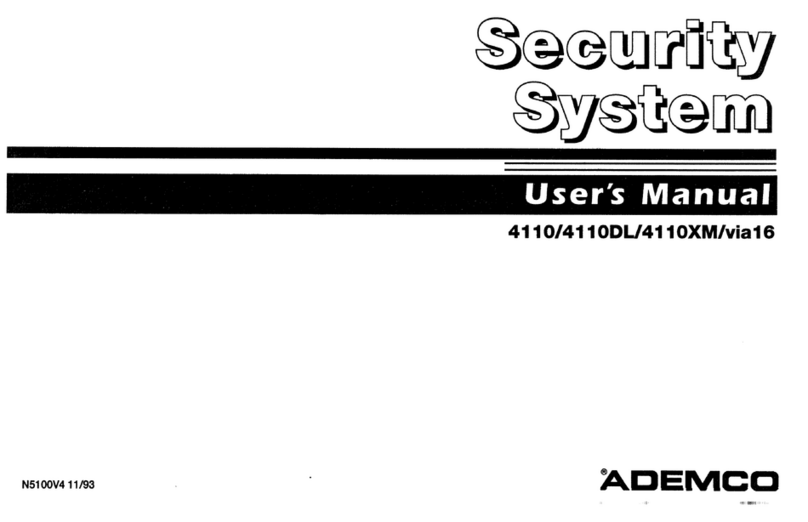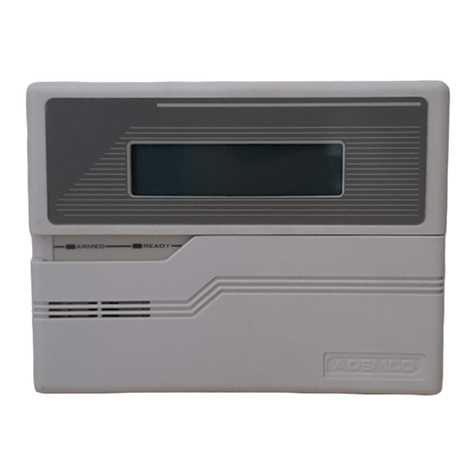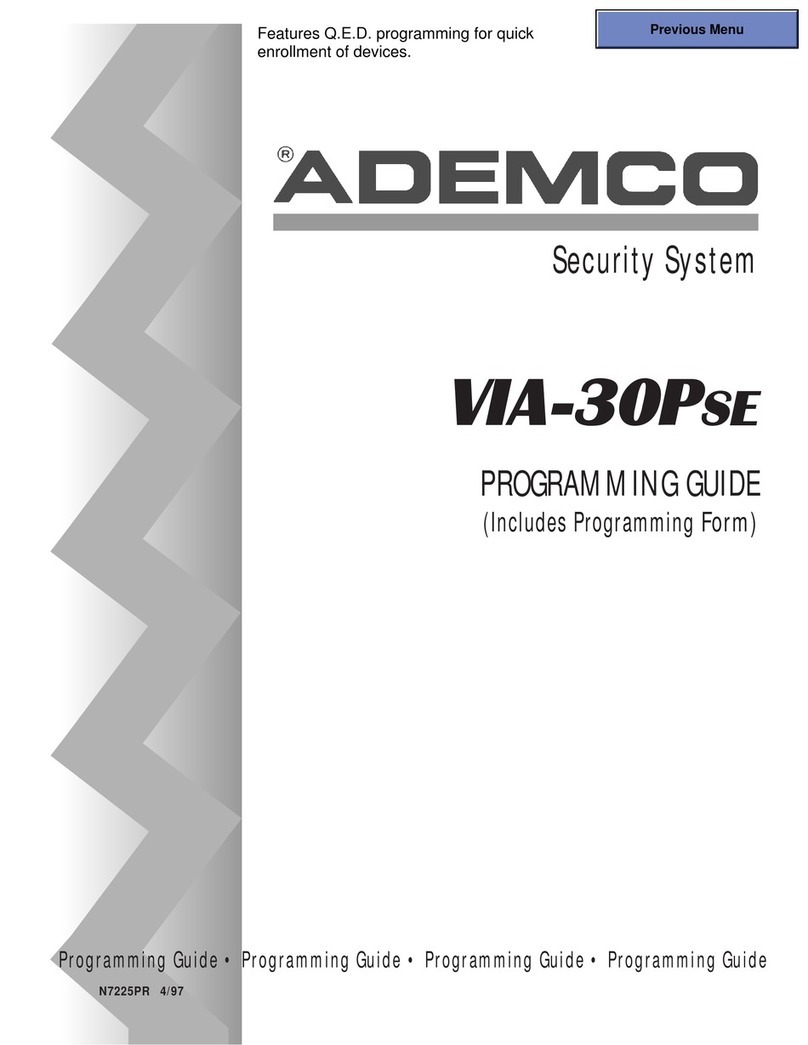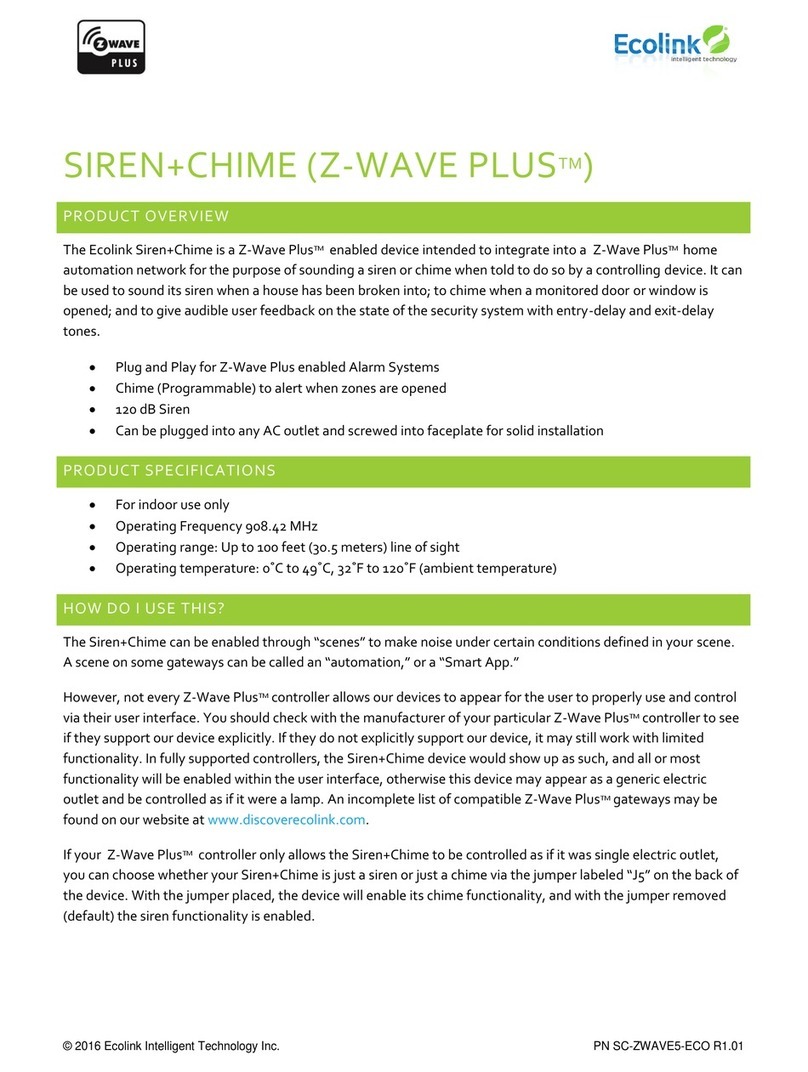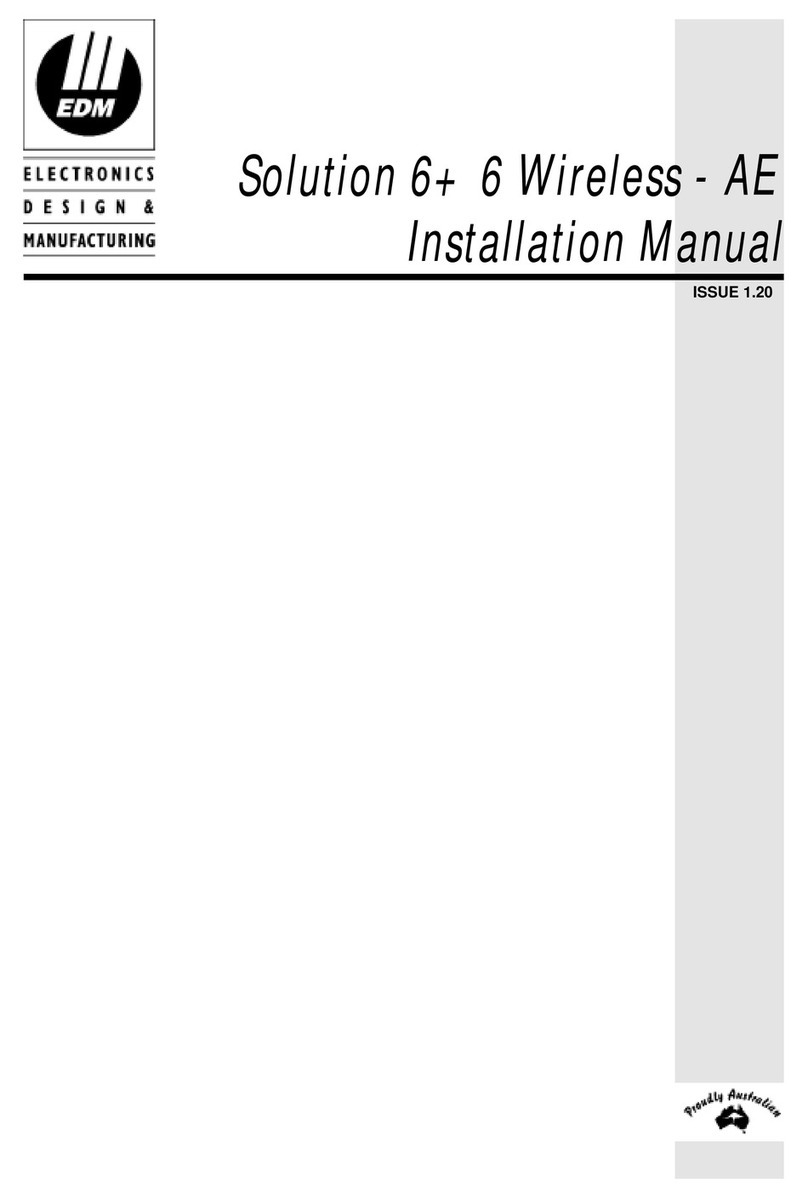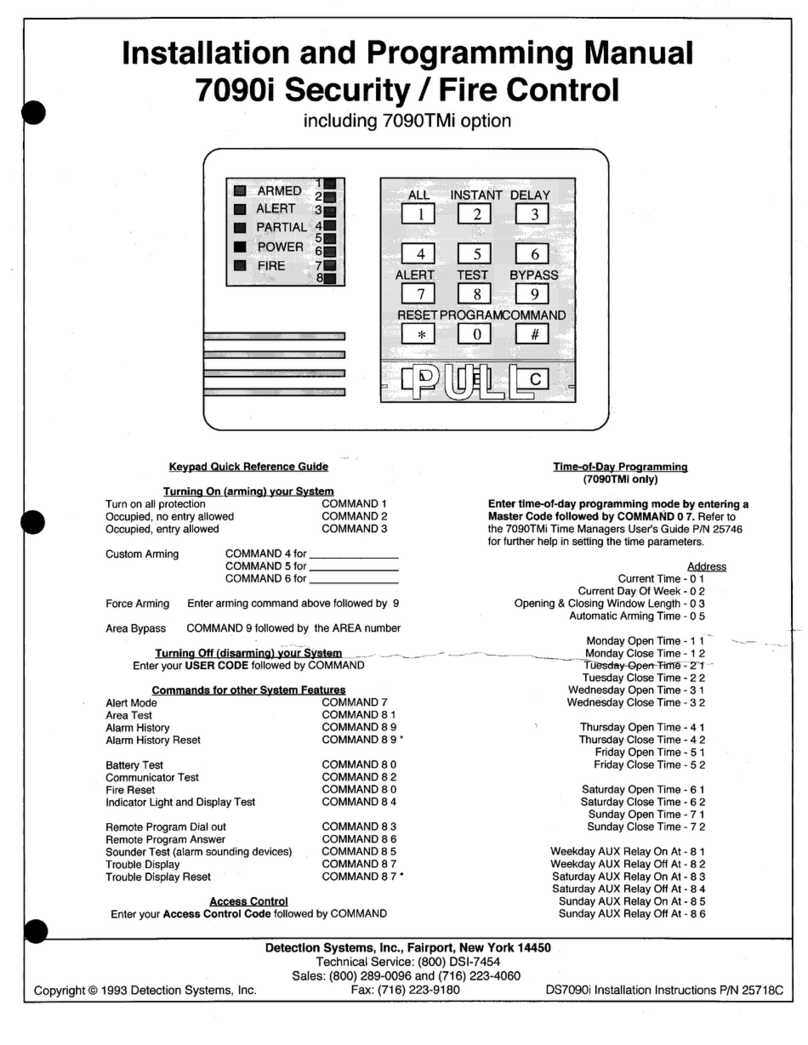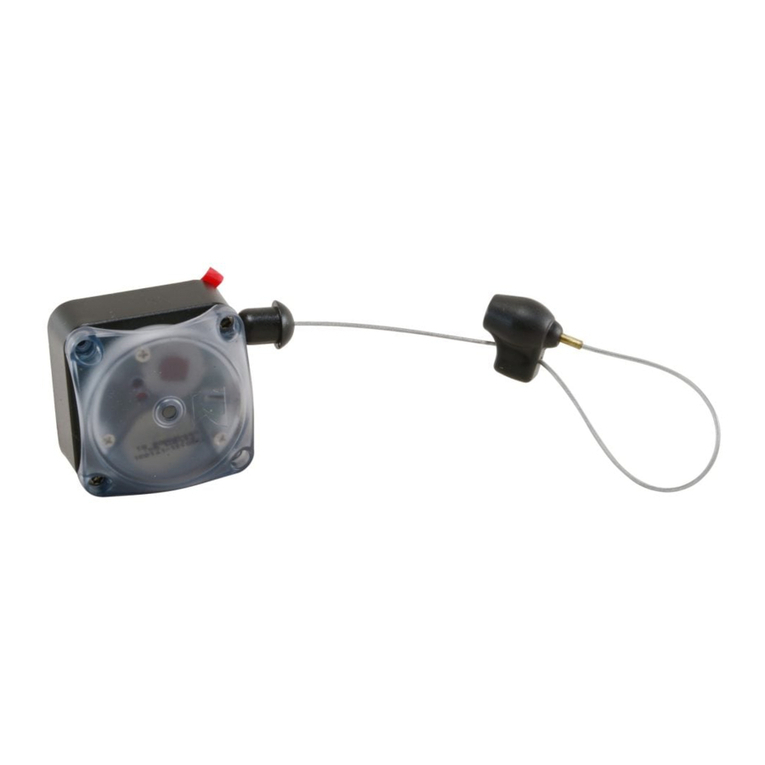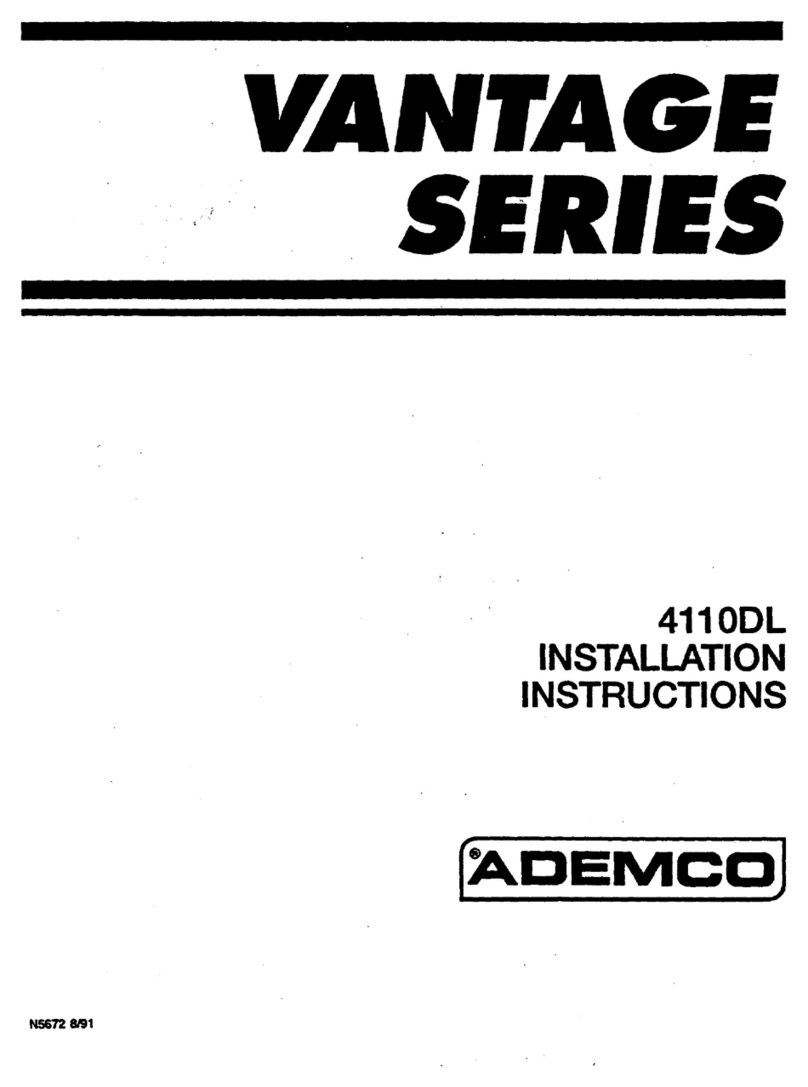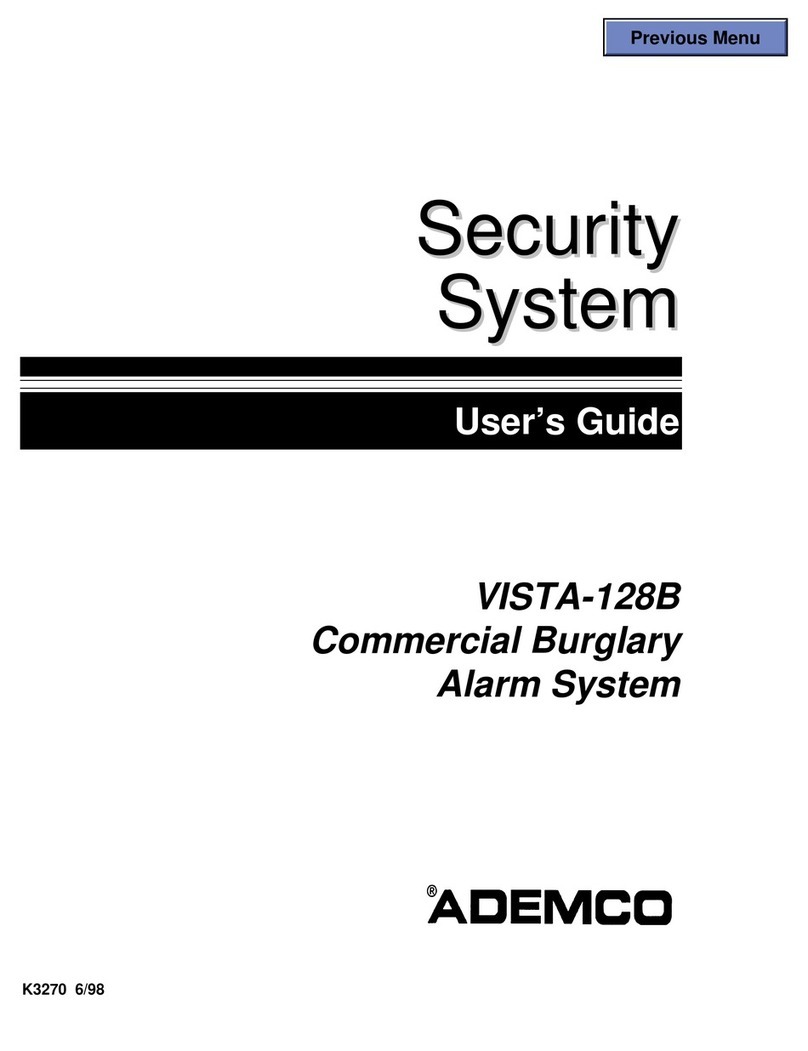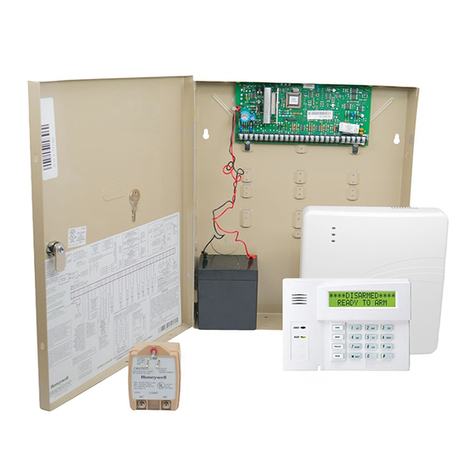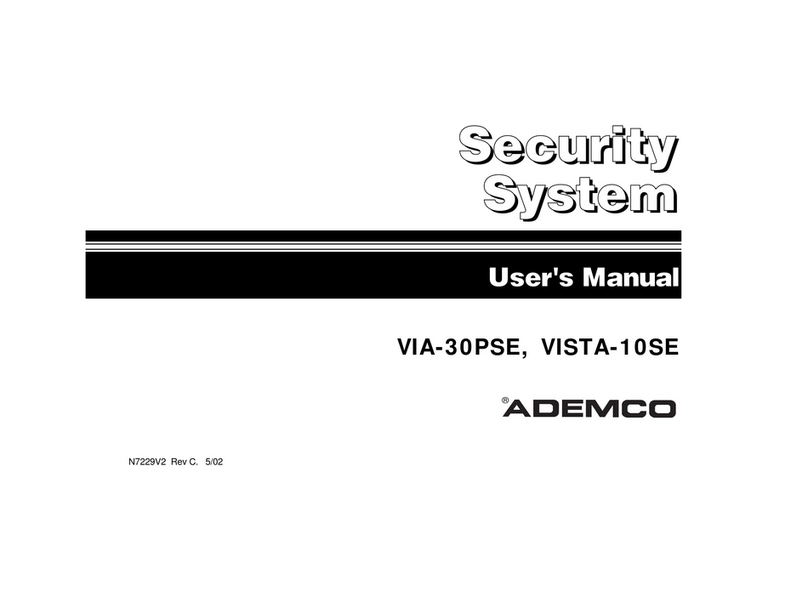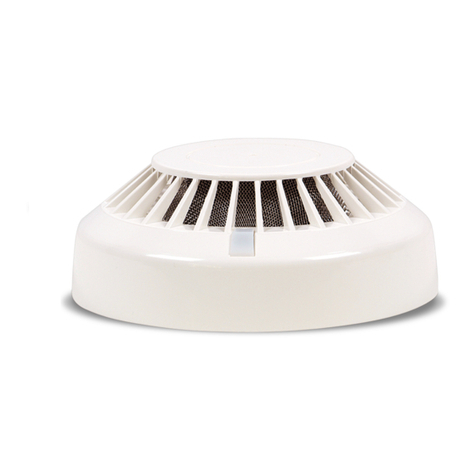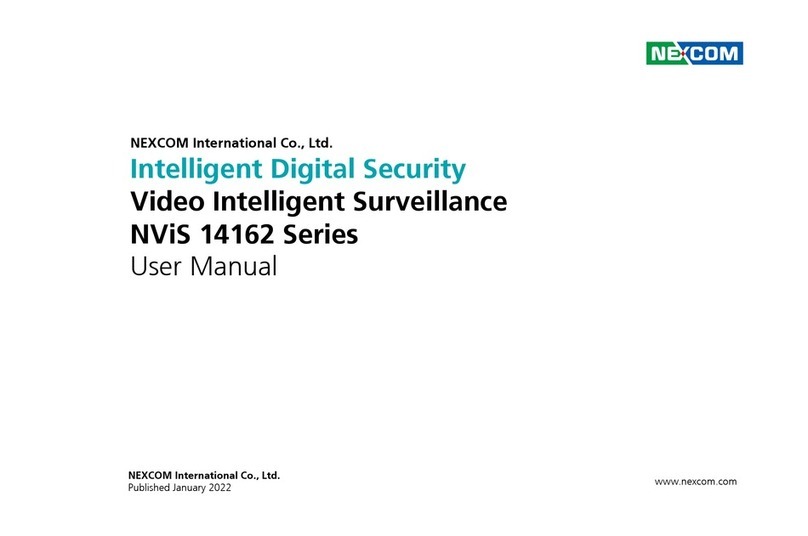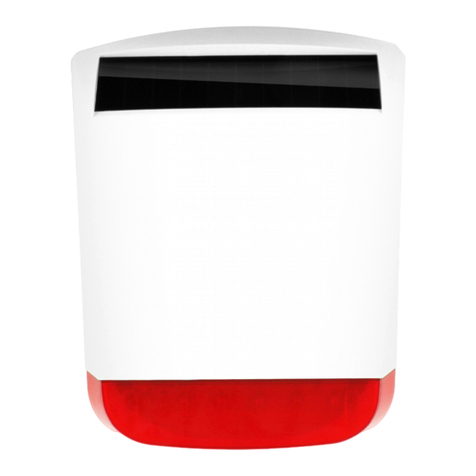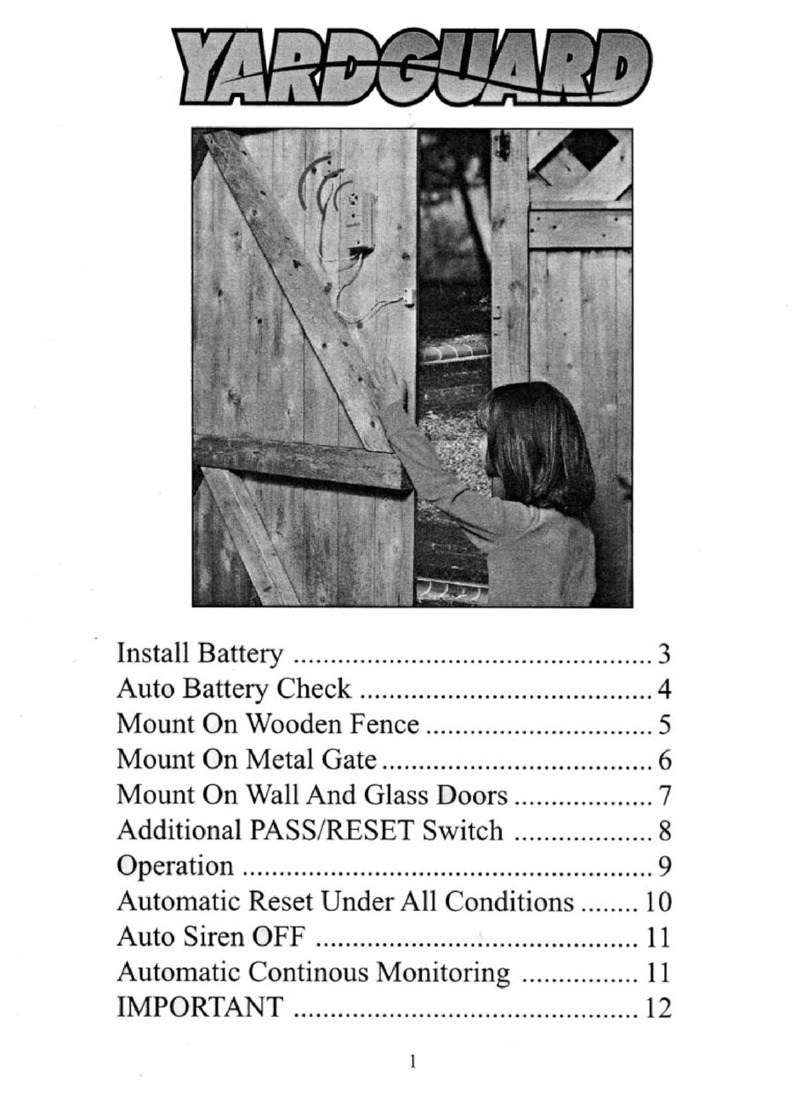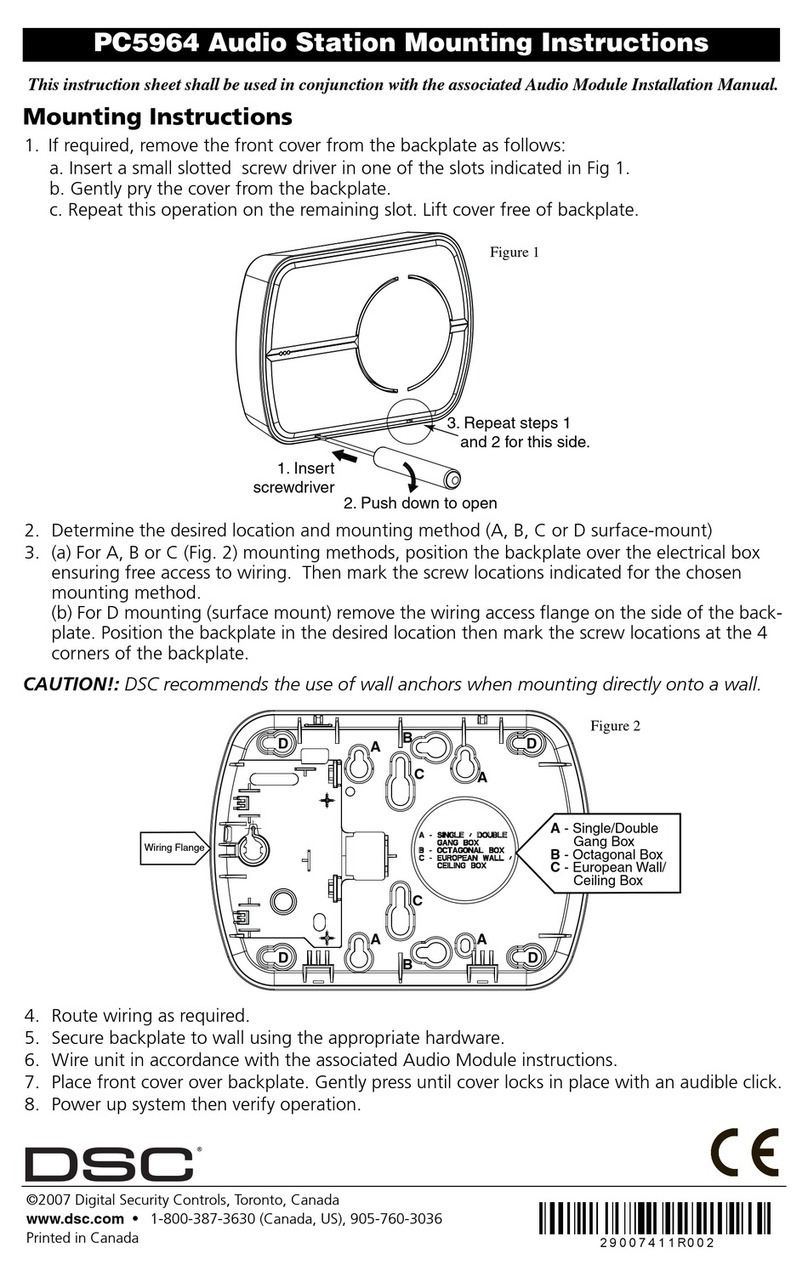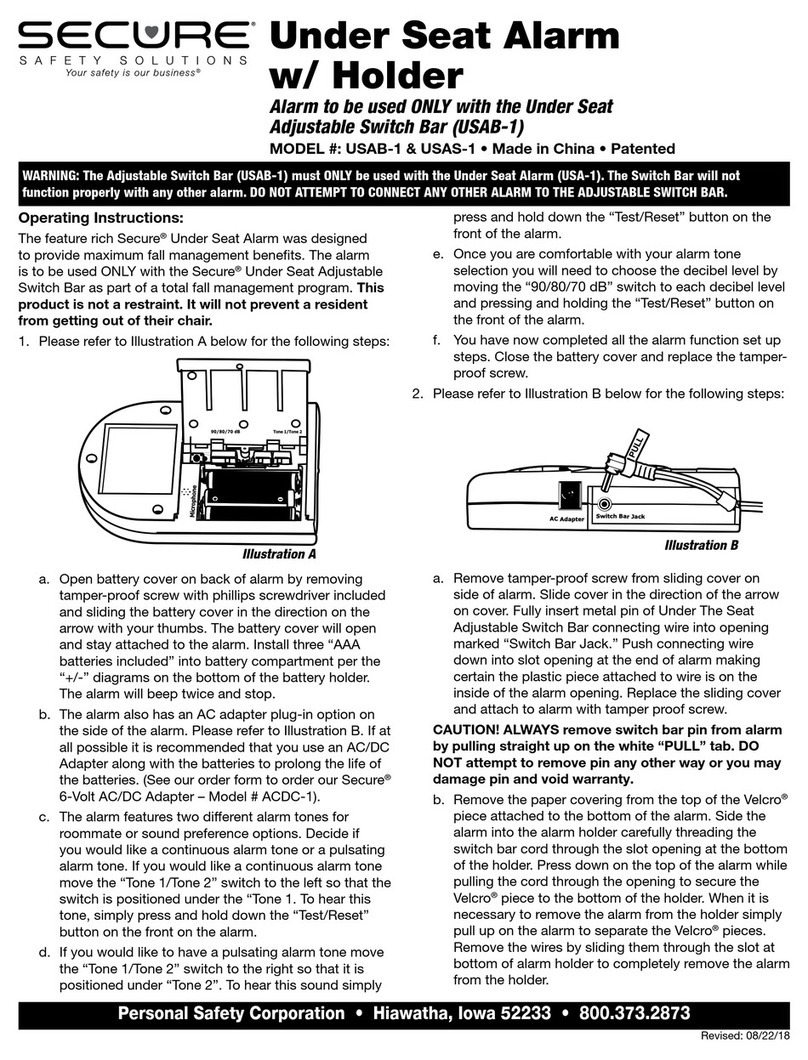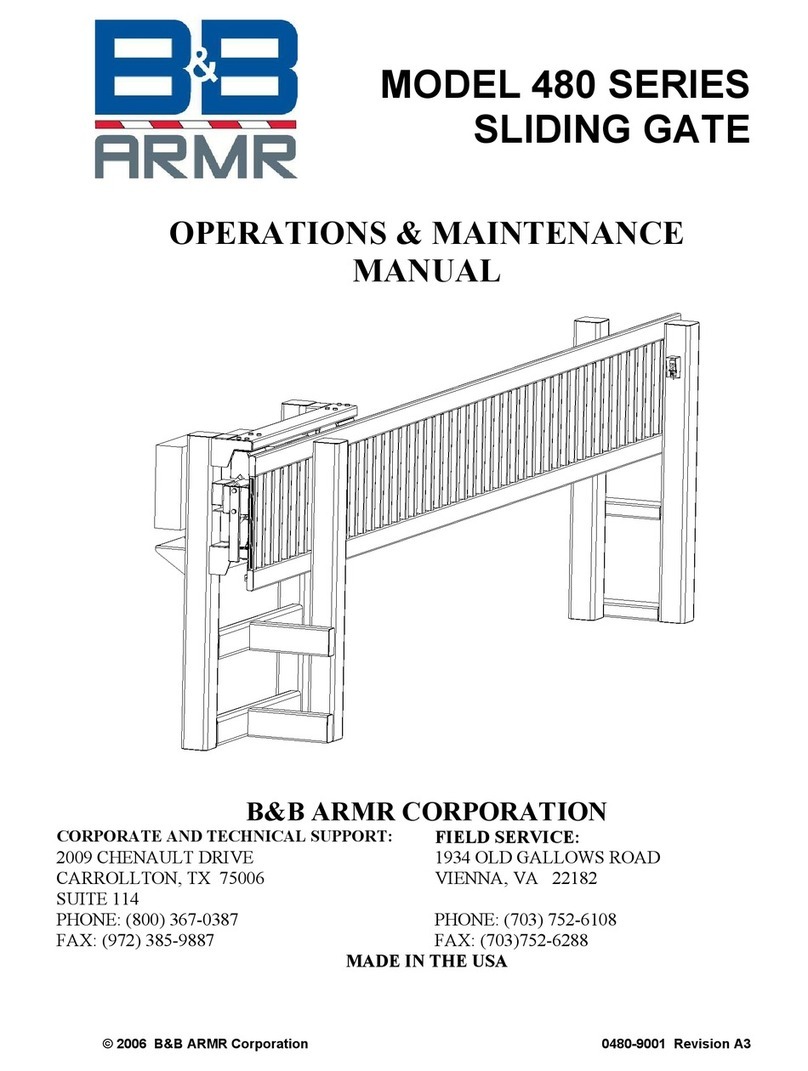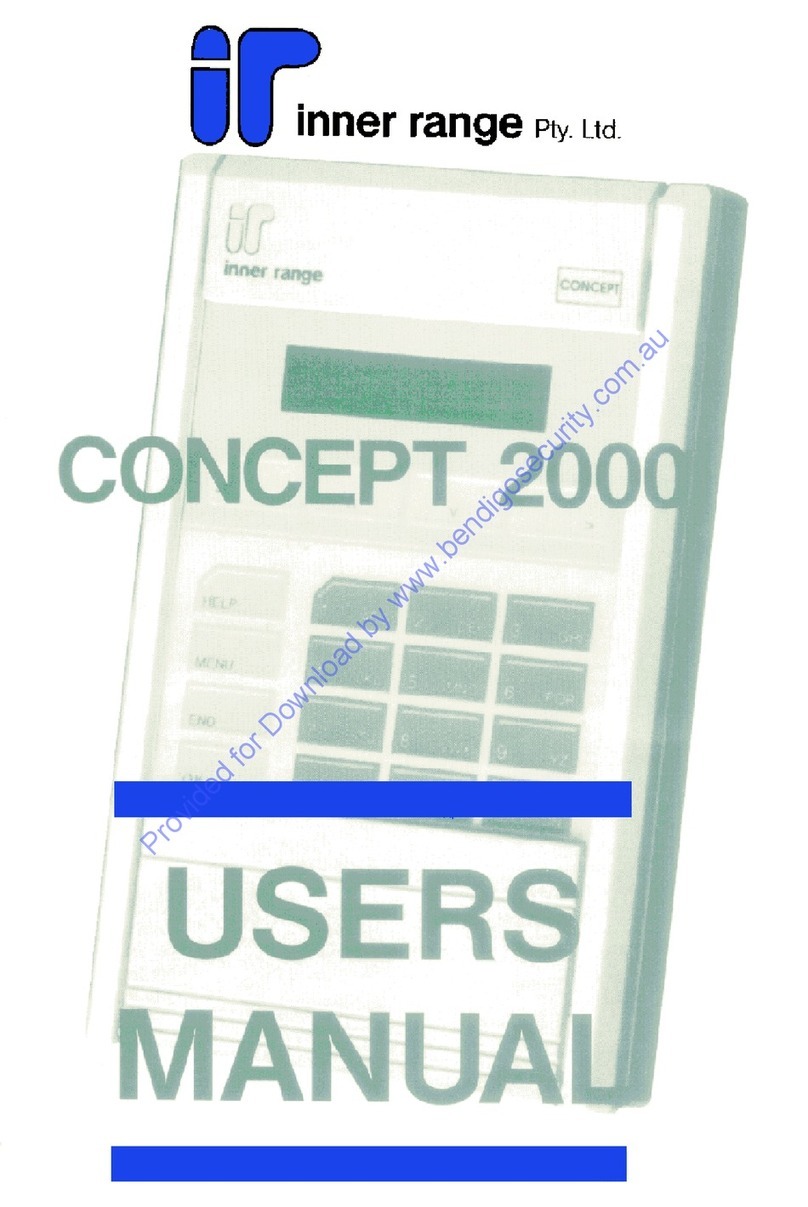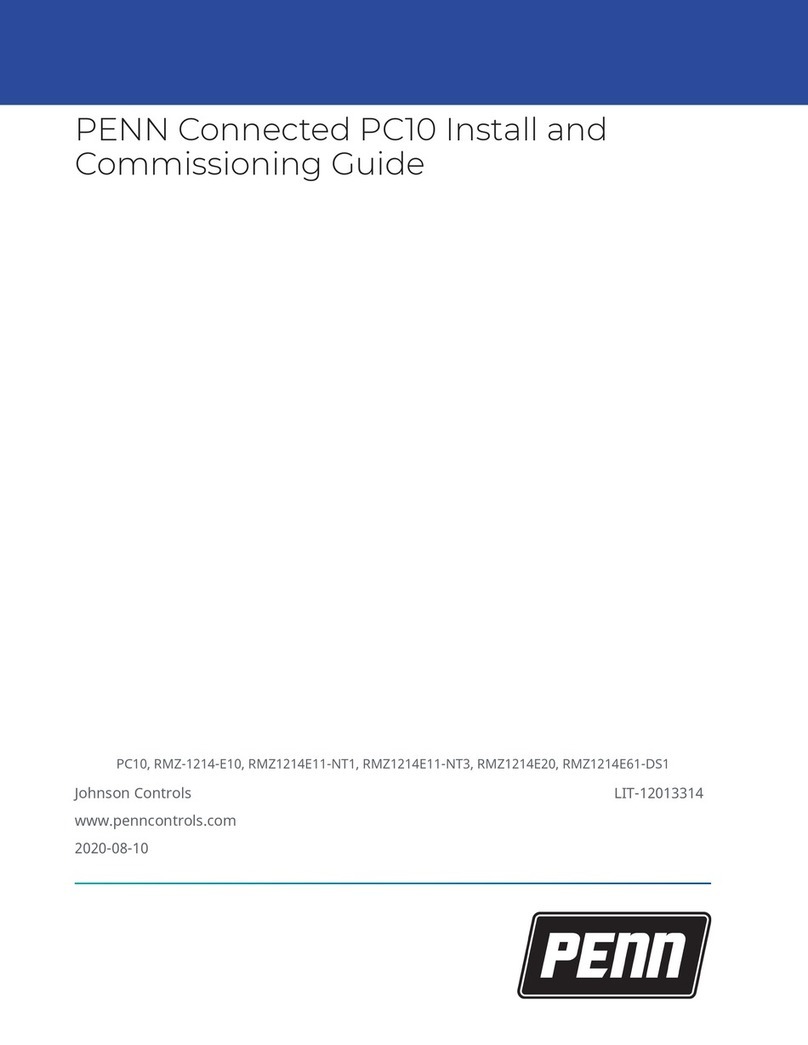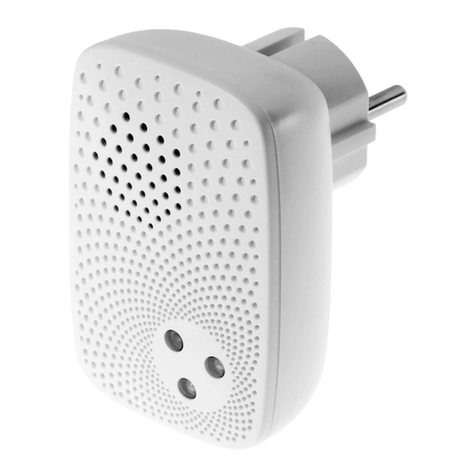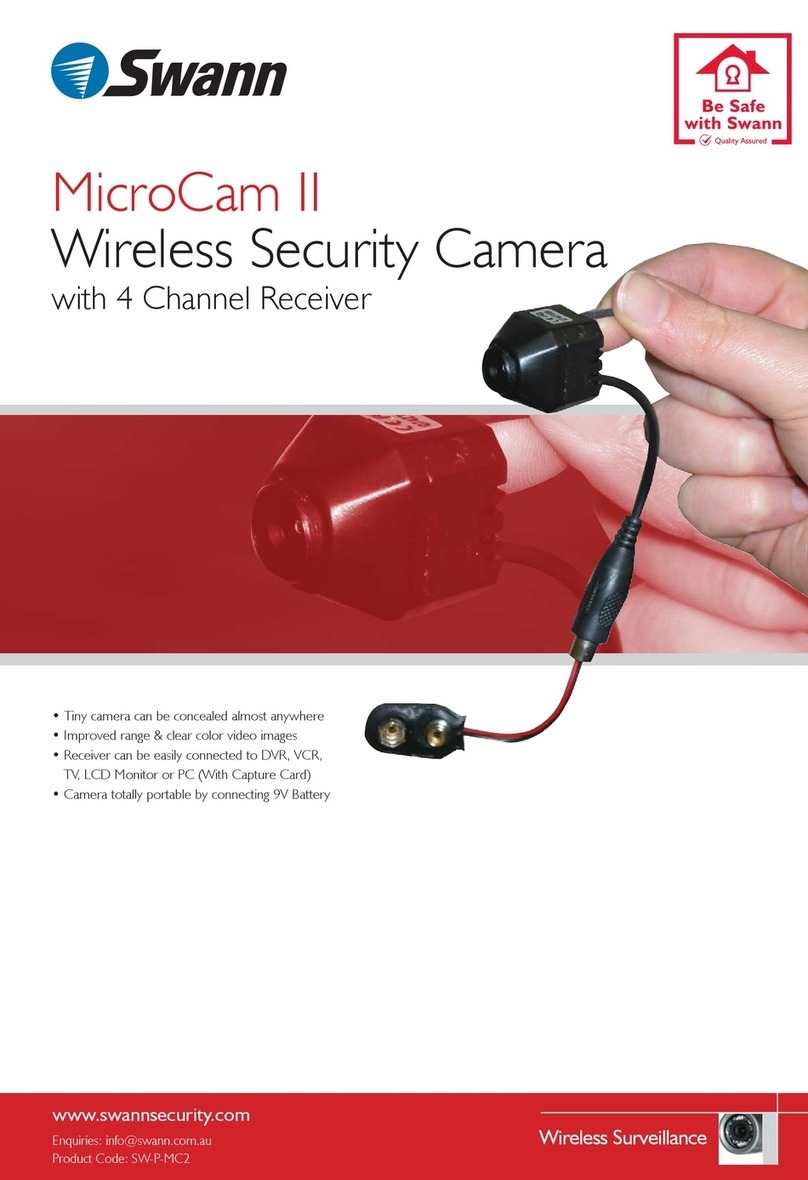
The following is adescription of the various zone types available which
must be selected for each physical zone. You may w!sh to use Table Aat
the end of this description to record your selections.
Type 1. BURGLARY ENTRY/EXIT (DELAY #l): This zone type is not
enabled after armmg untd termination of the (EEPROM defined)
Exit delay #l Upon entry, the Control WIIIsimply emit three
short beeps as awarning th~l the system must be dtsarmed
(for added security, this system does not emit wammg s{gnals
throughout the Entry delay period). If Code +OFF is not entered
before term} nation of the (EEPROM defined) Entry delay #1, an
alarm will be imtlaled at the buill-in sounder, if program
enabled, and an external alarm and latched LCD dmplay. If a
Commurucatlon board is used, asystem-wide EEPROM
defined number of alarm reports for this zone will be allowed to be
transmitted (swinger suppression) In one armed period.
Restorals will be sent when the zone is restored for atime
greater than its physical response hme (less than 1second).
Dur(ng the disarmed state, afaulted zone wdl result !n aNOT
READY display. Subsequent depression of the READY key wdl
cause all the faulted zones to be sequentially displayed. No
communicator reports will be imbaled.
TVDt2 2. BURGLARY ENTRY/EXIT (DELAY #2k This zone tvDe is not
.. enabled after armmg until ter’minabon of \he (EEPROM’defined)
Exit delay #2 Upon entry, the Control will simply emit three
short beeps as awarning that the system must be disarmed
(for added security, this system does not emit warning signals
throughout the Entry delay period) If Code +OFF is not entered
before termination of the (EEPROM defined) Entry delay #2, an
alarm will be imtiated at the budt-rn sounder, if program
enabled, and an external alarm and latched LCD display. If a
Type 3,
Type 4.
Communication board is used, asystem-wide EEPROM
defined number of alarm reports for this zone WN be allowed to
be transmitted (swinger suppression) in one armed interval.
Restorals wtll be sent when the zone ts restored for attme
greater than its physical response time (less than 1second),
During the disarmed state, afaulted zone will result in aNOT
READY display Subsequent depression of the READY key WN
cause all the faulted zones to be sequentially displayed No
communicator reports WIIIbe initiated.
BURGLARY PERIMETER: While the System is armed, a
faulted zone w(II initiate an alarm at the built-in sounder, if
program enabled, and an external alarm, alatched LCD
dmplay, and a (EEPROM selected) communicator report.
Depression of any key will silence the Control’s local alarm
sounder for 10 seconds. Asystem-wide EEPROM defmed
number of alarm reports for this zone will be allowed to be
transmitted (swinger suppression] by the commumcator mone
armed period. The communicator will transmit arestoral mes-
sage when the zone mrestored for atime greater than ils physi-
cal response time (less than 1second).
During the disarmed slate, afaulted zone will result in aNOT
READY display, Subsequent depression of the READY key will
cause all the faulted zones to be sequentially displayed. No
commurlicator reports will be initiated.
BURGLARY INTERIOR, FOLLOWER: This zone will always
have Exit Delay #l The zone has an Entry Delay if preceded
by afault in an Entry/Exit zone (type #1 or #2) If not preceded
by an Entry/Exit zone fault, an Immediate audible local (Con-
trol) and external alarm, latched display, and a (EEPROM
selected) commumcator report are mltlated. Depressing any
key at the Control will silence the Control sounder for 10

